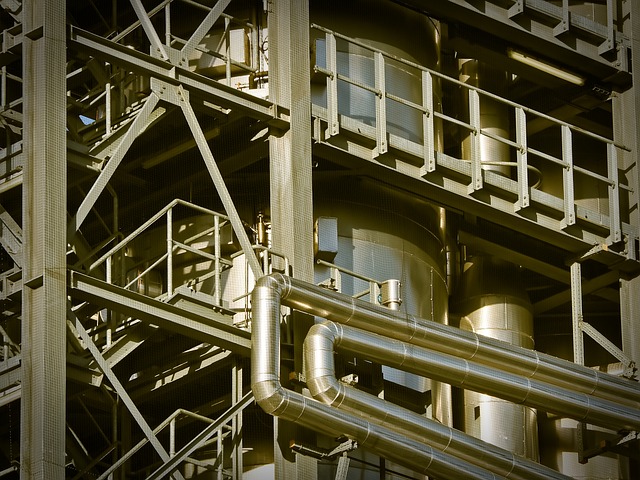
Revolutionizing Hardware with Advanced IT Manufacturing Technology
The landscape of IT is evolving rapidly, with manufacturing technology emerging as a cornerstone in this transformation. In recent years, the hardware sector has experienced monumental shifts, driven by the relentless pace of technological advancement. This evolution is not just about faster processors or more efficient graphics cards—it’s about reimagining the entire process of creating hardware that powers today’s informational technology.
As businesses and consumers alike have come to expect more from their devices, manufacturers have responded by embracing advanced manufacturing technology. This shift includes the integration of automation, artificial intelligence, and 3D printing techniques. These cutting-edge methods allow for precision in production, reducing the time and cost associated with hardware development while ensuring that quality remains paramount.
Take, for instance, the role of AI in predicting faults before they impact production. IT companies now rely on manufacturing technology that employs machine learning algorithms to analyze production data, spot inefficiencies, and suggest optimizations. This proactive approach not only enhances productivity but also emphasizes an eco-friendly model by minimizing waste, which is crucial in today’s environmentally-conscious market.
Additionally, the rise of smart factories signifies a paradigm shift in how hardware is conceived and manufactured. In such environments, connected machines communicate seamlessly, sharing vital data that informs adjustments in real-time. These innovations are not merely add-ons but foundational components of the newer production models that enhance flexibility and speed—crucial to meet changing consumer demands.
The impact of advanced manufacturing technology extends beyond production lines. It influences design philosophies as well. With tools like virtual reality (VR) and simulation software, designers can visualize products in a three-dimensional space, allowing for intricate modifications that are easier to implement before physical production begins. This technological interplay bridges the gap between the theoretical design and practical application, ensuring that IT hardware not only meets specifications but exceeds user expectations.
Moreover, as the Internet of Things (IoT) continues to integrate devices into everyday life, the relationship between manufacturing technology and hardware design grows ever more critical. This interconnectedness gives rise to new opportunities for developers to harness existing materials and create innovative devices that enhance functionality and user experience.
In a world driven by data, the role of manufacturing technology cannot be overstated. Its influence permeates every aspect of hardware production, shaping the trajectory of IT as we know it. As we move forward, the synergy between cutting-edge technologies and traditional manufacturing processes will indelibly alter how we think about and engage with hardware in our daily lives—and that’s a revolution worth embracing.



